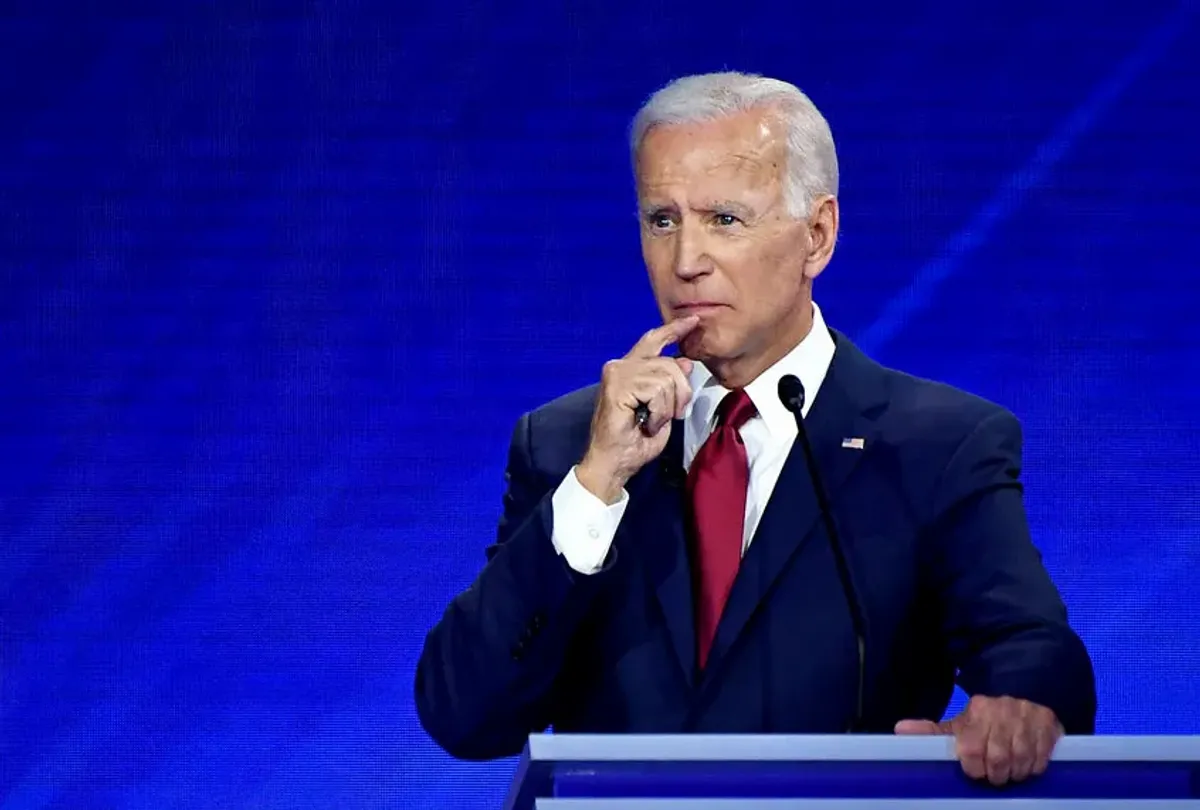NEWS
Iran vs. Israel: America’s President dragged into unwanted position

While tensions in the Middle East grows following Iran’s direct attack on Israel, United States of America’s president, Joe Biden has found himself in a very delicate position as threads of a wider regional conflict hangs in the balance.
The attack, which involved explosive drones and missiles, underscores the precarious situation in the region which now poses a challenge for President Biden, who has been striving to prevent further escalation while maintaining staunch support for Israel.
The extent of Iran’s attacks initially remained unclear, leaving American officials navigating uncharted territory. There are concerns about the involvement of proxies, adding layers of unpredictability to the situation.
President Biden’s urgent return to the White House from Delaware reflects the gravity of the situation, with the Situation Room better equipped for real-time monitoring of events. The administration views Iran’s attacks as disproportionate and is keen on preventing a full-scale regional conflict.
Communication between the U.S. and Israel has been ongoing, with Defense Secretary Lloyd Austin and other top officials in close contact with their Israeli counterparts. Despite tensions over the conflict in Gaza, the U.S. has reaffirmed its unwavering support for Israel’s defense against Iran.
As preparations for Iran’s attack unfolded, there were efforts to encourage Israel to prevent the situation from spiraling out of control.
Additionally, the U.S. warned Iran publicly and privately against further escalation, urging European and Arab allies to convey similar messages.
While there is a shift in focus from direct conflict with the U.S., tensions between Iran and Israel persist. With no direct channels of communication between the two countries, there is a heightened risk of miscalculation, underscoring the volatile nature of the situation in the region.































